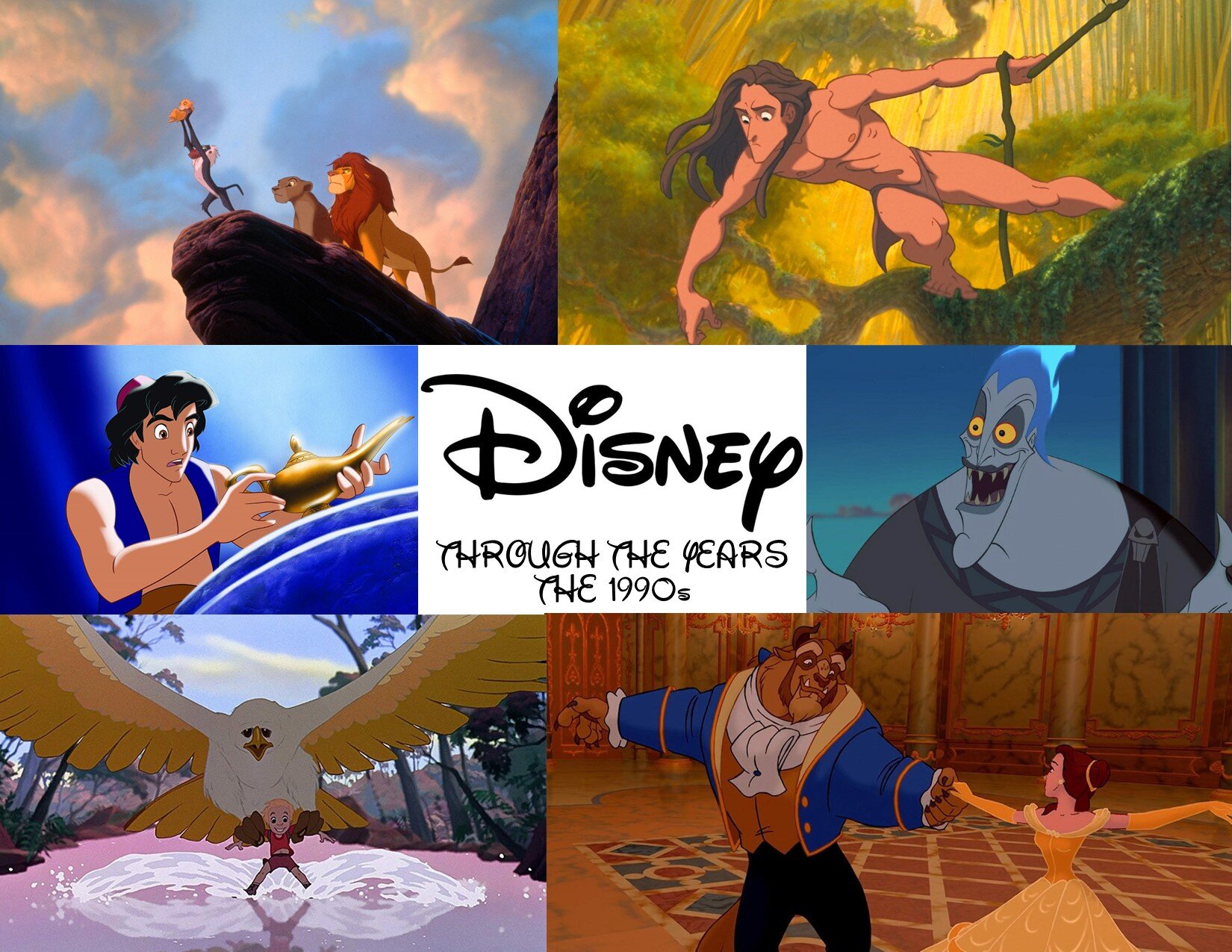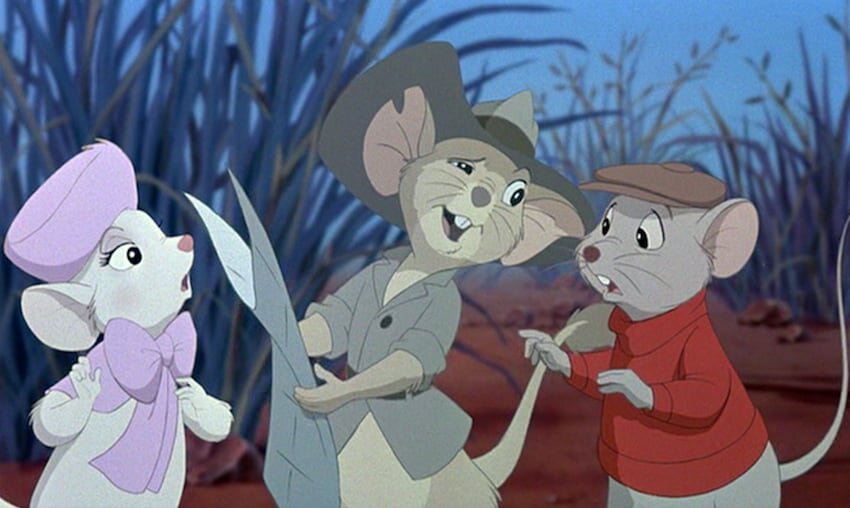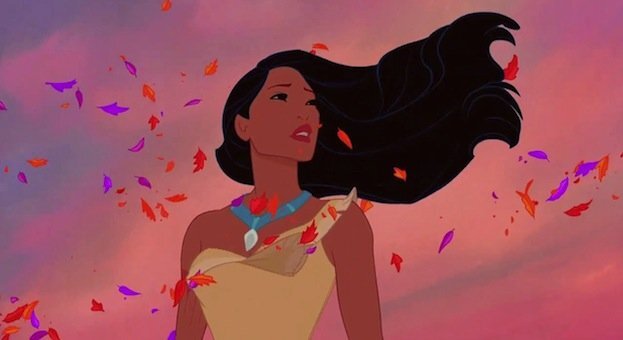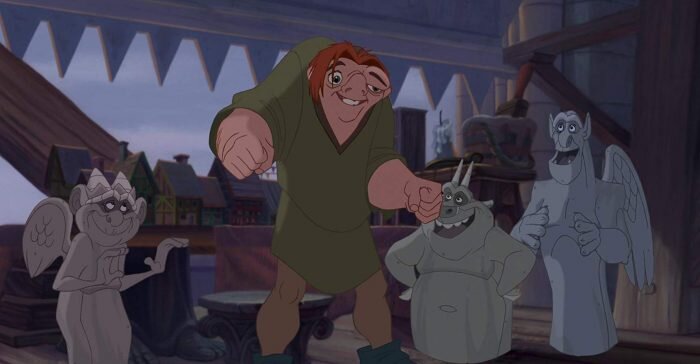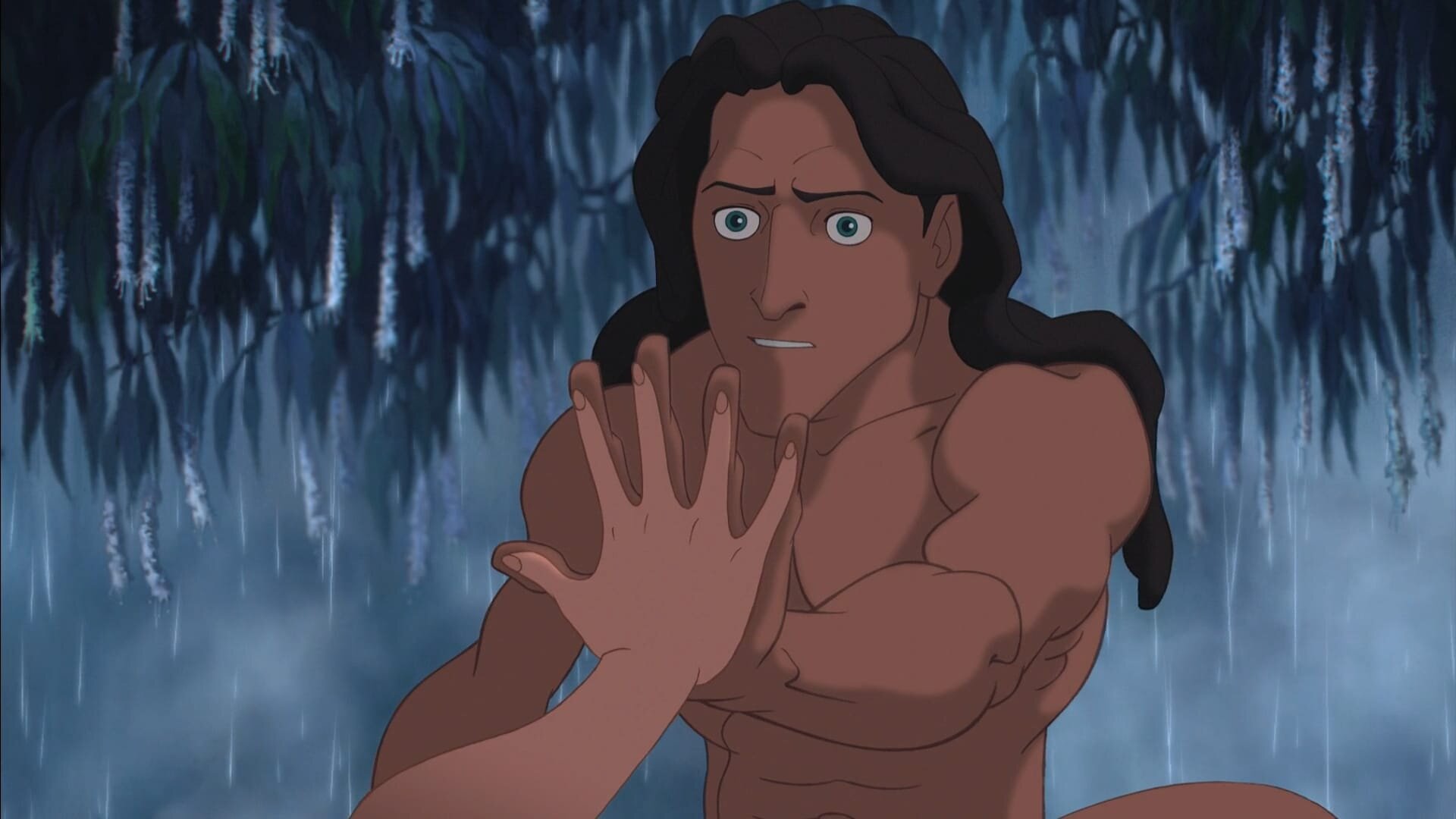Disney Through the Years - The 1990s: Animated Features
Every month this year I am going decade-by-decade through the history of Walt Disney Company’s feature films. I will review each film from Walt Disney Animation Studios and rank them. I’m doing an additional feature in the series that focuses on every live action film by Walt Disney Pictures. So, there are two features each month. This piece’s focus is on the animated movies of the 1990s.
For more details on what is and isn’t included in this series be sure to check out this entry.
In this article, I’ll be reviewing the animated movies that made up the Disney Renaissance of the 1990s that are available on Disney+. Now, Disney+ removed the Disney Through the Years collection from the Search tab. But you can still follow along in the Animated Collection menu from the Search tab.
The Rescuers Down Under (1990)
In this first Disney animated sequel, Bianca and Bernard travel to the Australian Outback to save a little boy from a villainous poacher who’s in search of an endangered golden eagle.
The Rescuers Down Under is a beautifully animated sequel that is more fun than and, in many ways, superior to the original film. Gone are the dark and mopey tones of the original. Being in the sun-drenched Australian wilderness, this film basks in bright golden colors. It is also more exciting and the score by Bruce Broughton goes a long way to help with that. And there is certainly more humor, mostly due to having more comic relief characters like a replacement albatross transport voiced by the great John Candy (the original voice actor, Jim Jordan, died in 1988, so his character is vaguely written off).
George C. Scott (Patton, Dr. Strangelove) provides some excellent voice work for the villainous Percival McLeach. But the character fails to live up to the best and most memorable of Disney villains by essentially being a white male hunter who feels nature exists to make him money. How exactly, it isn’t clear. He’s supposedly a poacher, but he captures his animals alive. It’s claimed he makes products out of the animals like purses, but that’s barely enough product to make a living. The golden eagle he eagerly pursues also brings a sort of vague prospect. Is it the possibility of the eggs she’d produce that would bring riches? Is it the feathers or dead carcass? What would anyone do with any of it that would justify paying enough to make someone “filthy” rich? It hardly makes sense.
The bird in question is a bit of an oddity in general. Nevermind the fact that its wingspan exceeds the length of the tallest man and it’s able to carry the weight of a small child on its back. The golden eagle is the only animal character that isn’t anthropomorphized. It’s beautifully and accurately animated. But it doesn’t make sense within the world created by The Rescuers.
Also, for this being a Rescuers sequel there sure is very little of the Rescuers in it. With a sequel we have an opportunity to better get to know and flesh out our titular heroes. However, we get far more time with the boy in peril, the eagle, and the villain.
Overall, we’re left with a movie that is certainly superior to most films Disney Animation Studios released since Robin Hood (1973). But, in the context of the Disney Renaissance that began the year before with The Little Mermaid, it certainly is a step down and understandably a forgotten entry for some.
Beauty & The Beast (1991)
The 30th animated movie by Disney is based on the 1756 French fairy tale about a prince who is cursed, along with everyone in his castle, until he has earned someone’s true love. A booksmart peasant girl may be what he’s been waiting a decade for.
Beauty & The Beast is the first Disney animated movie to be nominated for a Best Picture Academy Award. The acclaim for this film in 1991 was through the roof, as were the box office receipts. And it’s easy to see why. The studio, under the guidance of Jeffrey Katzenberg and Michael Eisner, got back in The Little Mermaid territory with a beautiful musical adaptation of a classic story.
What’s interesting about the film, aside from the incredible, soaring, and amusing songs, the animation, and the voice work is here we have a story whose two most prominent male figures represent vanity and toxic masculinity, especially the villainous Gaston. One thinks he is entitled to the most beautiful girl in the village and feels it’s only natural for her to settle down and serve him and his dreams. The other is physically beastly and must grow from a privileged life and calm his temper in order for anyone to love his true self. These two parallel figures of masculinity suggest men of such personalities must either grow or perish. This actually makes Gaston one of the most interesting and memorable villains in Disney’s history.
It’s quite a feminist tale, actually. Especially when you combine those toxic male figures with the female lead, a woman with agency, intelligence, self-respect, a sense of self-sacrifice, and desires. Belle (Paige O’Hara) is right alongside Ariel as the most interesting and well-rounded female protagonist of any Disney animated movie up to this point.
The songs, written by Howard Ashman and Alan Menken, build upon what Oliver & Company and The Little Mermaid did before, creating a template that includes an ‘I Want’ song, a villain song, and an entertaining show-stopper. Most of the movies that followed would continue this formula. What’s notable about the music in Beauty & the Beast is the entire production was on a tight schedule and to save time, as well as create a “cast-album energy”, the songs were mostly recorded live with the orchestra performing simultaneously with the voice cast.
The only problem with the film is the continuity between the prologue and the rest of the film never gels. The prince was cursed 10 years before the film takes place. That curse expires when the prince turns 21. That would mean the prince was 10 when he spurned the enchantress-posing-as-crone. What are the odds a young, white, privileged boy isn’t going to turn away an old haggard-looking woman who randomly tries to give him a rose? Also, there’s no way the torn portrait in the film is of a 10 year-old boy! It’s a glaring oversight that can’t be unseen or forgotten once realized.
That said, Beauty & the Beast is a near-perfect film that locked in Disney’s new renaissance.
Aladdin (1992)
The Royal Vizier of the fictional Arabian city of Agrabah wants to usurp the role of sultan and believes a magic lamp will fast-track that plan. Meanwhile, a street urchin comes into possession of the lamp and uses its wish-granting Genie to disguise himself as a prince in order to win the heart of the sultan’s daughter.
Aladdin is where everything seemed to have clicked into place perfectly. All of the elements of the new Disney formula are here: the music, the animal sidekicks, the villain, the princess, etc. Each of those elements are among the best in Disney history. The villainous Jafar, who desires power similar to Ratigan and Ursula, is one of the studio’s best villains. His droll and sinister voice performance by Johnathan Freeman and slender character design is engaging and a precursor to Scar from The Lion King. As for his parrot sidekick, Iago (Gilbert Gottfried), I don’t think there is a sidekick like him before. Maleficent had the raven, Lady Tremaine had the cat Lucifer, Medusa had her alligators, and Ursula had her eels. But none of them had a personality that equaled the sardonic and loud Iago. And I’m not sure there has been one since.
Genie (Robin Williams) is the single greatest sidekick character in Disney canon at this point. There were many that were lovable and humorous, but not nearly as big scene-stealers as Genie. Genie adds a completely different comedic dimension to the film that many tried copying since, but few came close to.
When one thinks about Jafar, Iago, and Genie and then looks to Aladdin and Jasmine, the latter pair are drips comparatively. Aladdin doesn’t really have an arc or any personal growth. He is confident in who he is and how to get by in life. He only pretends to be a prince, because a law makes it so that’s the only way he can win the object of his affections. Jasmine wants to experience life outside of the palace walls and to love whomever she desires. The former desire definitely is given short-shrift over the latter. Jasmine is confident and has a sense of self-worth, but there isn’t otherwise a lot to her personality. That said, one could say the same of princesses of Disney’s past.
It should be noted that this is the first Disney animated film to prominently feature characters of color since Mowgli in The Jungle Book. There’s controversy regarding the casting of such characters - and even some criticism regarding the character designs - that are valid. But it’s important to not diminish the significance of a story that prominently features non-white characters for kids to enjoy. Disney would continue improving upon this later on.
Lastly, what’s interesting about the songs in the film is the lyrical content of most of them is character-driven. ‘Friend Like Me’ simply explains how Genie can grant Aladdin wishes. ‘One Jump Ahead’ simply explains Aladdin’s life on the street. ‘Prince Ali’ simply creates and boasts a reputation for the fictional prince. There is no villain song. However, it could be argued Jafar never needed one since his scheme and goals are pretty clear without a song.
Aladdin continued Disney’s upward momentum from its previous releases with unforgettable characters and songs, making for one of the greatest films in studio history.
The Lion King (1994)
Simba, a young lion who is to succeed his father, Mufasa, as King of the Pride Lands, until his father is murdered and Simba is blamed for it by his uncle Scar and flees into exile. Meanwhile, Scar takes over the Pride Lands with hyenas, consuming all of its resources and disregarding the Circle of Life.
This is the peak of Disney’s Renaissance. It could be said that the Renaissance fell after The Lion King, as the studio would stumble through the rest of the decade with projects that would fail to achieve the creative highs of what came before.
Why is The Lion King the best film of the Disney Renaissance next to The Little Mermaid? Because all of the elements - the songs, the voice work, the characterizations, the animation - came together perfectly. There isn’t a mediocre villain, an annoying sidekick, forgettable music, lackluster animation, or flawed script. The entire formula the studio had been developing the previous 6 years was perfected here.
Scar, voiced by Jeremy Irons who is giving a career-best performance, is a sardonic, witty villain who is out for his own benefits and survival. He is jealous of his brother’s rule and his nephew’s line of succession. But he’s Shakespearian in his attempts to manipulate those around him to move the pieces where he needs in order to take control of the Pride Lands. Ultimately, his self-interests and attempts to lie and manipulate others get the best of him.
The music - score composed by Hans Zimmer and songs composed by Alan Menken and Elton John with lyrics by Tim Rice - doesn’t make a single false note. The songbook produced three incredibly popular songs - ‘The Circle of Life’, ‘I Can’t Wait to Be King’, and ‘Can You Feel the Love Tonight’ - and even the villain song, ‘Be Prepared’, is among the best villain songs the studio ever recorded.
The animation is one of the most stunning pieces of traditional hand-drawn work ever put to film with lush and striking environments, bold colors, and realistic depictions of African wildlife while still allowing the anthropomorphized characters to emote as necessary. The opening pretitle prelude is among the greatest and most powerful opening sequences in film history.
Yes, the voice cast could feature black actors rather than the likes of Jonathan Taylor Thomas and Matthew Broderick. A remake would attempt to adjust that, but fail in nearly every other way (we’ll get to that later). Overall, The Lion King is as perfect a film as Disney Animated Studios ever produced.
Pocahontas (1995)
A fictionalized account of Pocahontas’ historic encounter with John Smith and the Jamestown settlers.
John Smith and the Jamestown Settlers sounds like a band name. Anyway, on the opposite end of the spectrum of what came before is Pocahontas. So, it wasn’t like the politically-correct conscious ‘90s were oblivious to anything culturally insensitive. The white men are largely portrayed as ignorant and prejudiced, calling natives ‘savages’ well before they even get 20 feet off their port in London. But also not evil. Also, John Smith (Mel Gibson) is heavily portrayed as a dashing hero who has seen the world almost to a comical effect. It gets really hard to garner interest in the settlers. That said, it isn’t like the natives are written any better. They are people and humanizing the natives seems to have been part of the point of the film. But their characterizations are mostly flat.
For a movie about a group of people who travel around the world ‘flat’ is a pretty good descriptor for most of this film. Nothing really clicks here. The villain, Governor Ratcliffe (David Ogden Stiers returning to Disney), is a desperate, greedy man who thinks he’ll find gold anywhere his crew sticks a shovel. There isn’t much that’s nuanced or interesting about him. Even his character design is barely more interesting than Edgar’s in The Aristocats: a pink English outfit with a feathered hat. He has a pug for a pet. It’s snobby, but fairly boring. Pocahontas also has animal friends: a racoon and a hummingbird. They’re mildly interesting at best. There’s also that pesky issue with how Pocahontas and Smith are going to communicate. That’s handled quite clumsily through magic wind, I guess.
There’s a lot of talk from both sides - the settlers and the natives - about who is more dangerous and what evil intent either has. Honestly, with Ratcliffe at command (and as history has taught us), the natives certainly have more to fear than the settlers do. So, the whole thing is tipped in the natives’ perspective and feels uncomfortable to watch. Perhaps the perverse inaccuracies also lend to that feeling, as Pocahontas (who was really named Matoaka) is reduced to a woman torn between two men (much like Belle in Beauty and the Beast, a major source of inspiration for this project) and aged up by at least 7 years to make her romance with Smith, reportedly 28, more palatable. That romance, by the way? Never happened. Smith was apparently quite the tool rather than the admired hero of the film. She would marry another guy at least three years after Smith came along. There was a Governor Ratcliffe, despite the inspiration for the character coming from three other men. Ratcliffe was starved, skinned, and burned at the stake by Powhatan women. I give Disney a pass for not strictly sticking to that development.
There are two sequences that feature astonishing animated imagery: ‘The Colors of the Wind’ and ‘Savages’. It’s interesting that these two are the stand-outs, because the songs are thematic opposites. The former is one of harmony and peacefulness, albeit with regards to nature. The latter is about prejudice, hate, and misunderstanding; discord and the desire for violence. Yet they both feature imagery that is, in turns, gorgeous, painterly, and striking.
All that said, Pocahontas was a huge creative blunder following the studio’s previous 5 films (including The Rescuers Down Under).
The Hunchback of Notre Dame (1996)
A musical adaptation of Victor Hugo’s 1831 novel, a deformed bell-ringer (Tom Hulce) and a Gypsy woman (Demi Moore) struggle to gain acceptance in a society led by a religious zealout (Tony Jay).
Disney presses on with its attempts at sincere storytelling grounded in reality with a film that is only slightly better than the one before it. What we have here is an adaptation that is actually interesting and, at times, compelling, but weighed down by the studio’s attempts at inserting its formula, namely the songs and the comic relief characters.
What’s odd about this film is the first third feels like an Andrew Lloyd Webber Broadway musical with a constant run of dramatic songs peppered with moments of dialogue in-between. It felt very similar to Phantom of the Opera in that sense. The problem is there’s so many damn songs crammed into 87 minutes of story (the film is 97 minutes long after credits) that very few of the songs make any impact and most are unnecessary. There is an ‘I Want’ song, but it’s no ‘Part of Your World’ (oddly enough that song seems somewhat fitting for this story). There is a sidekick song, but there’s no ‘Friend Like Me’, ‘Under the Sea’, or ‘Be Our Guest’. This is all made more baffling when one realizes the music was composed by Alan Menken.
Speaking of sidekicks, there are three gargoyles that act as comic relief. These gargoyles are made of stone and seem to freeze whenever anyone other than Quasimodo enters the room. Aside from their weak attempts at humor, the problem with these characters is they serve no purpose other than to provide our main character with someone to talk to when he’s alone, to literally spell out what he’s feeling to the audience. They could - and should - have been cut completely from the film and the story would not be harmed. The film, however, would be improved.
We do get an interesting villain in Minister Frollo. He embodies persecution and fear via religion. He begins the film by attempting to kill a baby after unwittingly killing its mother. Later in the film, he feels lust for Esmeralda, a member of the Romani population he hates, and tries to stamp out what he refers to as ‘sin’ by plotting to kill her. This is very heavy and mature material to introduce into an animated musical ostensibly for families. It’s a touch on the ‘80s Dark Period side of things, but somehow works better than anything that came from that period. Frollo is one of the most grounded and human villains in the Disney canon, because we’ve seen shades of him in our society. Interestingly enough, the character was originally archdeacon, but that was changed to avoid any issues from religious groups. It doesn’t matter, because his role as judge is never really made clear and Notre Dame feels like a theocracy with Frollo in command.
As we’ve reached the middle of the decade, the studio has made a move towards wider representation with a tough and spunky Romani woman and the homely and deformed hunchback in this film and Pocahontas before it. This would continue soon with Mulan. While one should never diminish the importance and power of representation, it’s just a shame that, at this point, Aladdin, with all of its thorniness, is the only film to represent non-white protagonists in a story that is tightly constructed with songs and characters that do it justice. While The Hunchback of Notre Dame certainly has its strengths thematically, too often it feels derivative of Beauty & The Beast and Aladdin and shoe-horns tropes that felt more organic in previous releases. We’re left with a fairly mediocre end result.
Hercules (1997)
Based on the legend of Heracles, Hercules (Tate Donovan), a god who loses his immortality due to the schemes of Hades (James Woods), must prevent the evil Lord of the Underworld from gaining control of Mount Olympus while navigating his newest crush with Megara (Susan Egan).
After the serious and dour Hunchback, Hercules was a breath of fresh air. Right off the bat the film starts with a gospel-flavored introduction by The Muses. The colors are bright and pop. The energy is high. This is everything Hunchback was not.
One of the things that is both a strength and an issue with the film is the voice cast. The entire cast is excellent and adds quite a bit to the energy, especially James Woods. His performance as Hades makes for one of the most fun villains in Disney history and is similar to Ursula in this regard. However, he is one of several who stand out rather than blend in with the character: Rip Torn, Danny DeVito, and Bobcat Goldthwait also suffer from this. It’s interesting, because the actors are paired perfectly with their characters, but one cannot help but visualize the actors saying the lines rather than being further immersed in the characters. So, to the extent that those voices take one out of the film is an issue, as opposed to Tate Donovan, for example, whose voice blends in with the character Hercules and feels like a natural progression of how that character’s voice would age.
The songs, again by Alan Menken, are more lively and interesting than those of its predecessors’, but the quality is inconsistent with some sticking better than others. The idea of adding a Gospel flavor and marrying that with Greek mythology is a novel one that works very well.
Hercules returns audiences to the cartoonish tone and comedy of Aladdin - and it was much-needed. While the film is not up to par with Aladdin (or the films that surrounded it) it is a step back in the right direction and a relief from the missteps of the past two outings.
Mulan (1998)
In ancient China during the Han dynasty, Fa Mulan, the daughter of an aged warrior, takes his place during a general conscription to counter a Hun invasion by posing as a man.
Okay, there are two major problems with this film right off the bat. The first is the film never adequately establishes the character of Mulan before she makes the decision to join the war. All we know about her is she’s clumsy, tardy, and needs to take notes on how to be a good woman in ancient Chinese society. There’s no indication towards rebelliousness or bravery in her personality that makes her decision a natural one. She sings about wanting to be herself, but we never know that person she’s singing about. She does what she does because the script dictates she does so.
The first 20 minutes felt awfully similar to The Little Mermaid: the main female protagonist and an animal friend are off doing something when they’re supposed to be somewhere else with their elder waiting for them. They end up ruining an event. The female protagonist sings a song that suggests a yearning within. Unfortunately, it’s not as well-executed as in The Little Mermaid and feels slightly derivative.
The second major problem with the film is the beloved Mushu. Once the ancient elders and Mushu are introduced the film takes a turn, attempting Aladdin-like wackiness, but coming off loud and obnoxious. Eddie Murphy voices Mushu and his voice always stands out. It doesn’t help that his comedic dialogue lacks wit and charm. It feels like a dry run at the Donkey character in Shrek a couple years later. And let’s not forget Mushu destroyed a dragon guardian and led to the massacre of an entire military unit and was never held accountable for either crime! Nostalgia from childhood is the only cause for affection for this character. The film would be much improved and the plot would certainly hardly be affected if Mushu was dumped during development. You simply can’t always repeat what worked before and expect it to work as well again.
The songs also fail this film, as very few are necessary or memorable. ‘I’ll Make a Man Out of You’ is the stand-out sequence, but the lyrics don’t age well today.
All that said, Mulan isn’t a bad film. While it’s certainly not as good as Hercules before it or most of the films of this decade, it is still an improvement over Pocahontas and Hunchback. The reason is there is a compelling story here even if the characters are thinly drawn. The scenes with the army battalion - their battles and their discovery of massacred comrades - are effective. The Third Wave feminist undercurrent is strong, as well as the continued efforts towards representation (there are a few missteps in terms of respecting Chinese culture and avoiding stereotypes, but the majority is commendable).
And that’s where the strengths of the film end. Ultimately, Mulan is a film with thinly-drawn characters, derivative plotting, one of the worst sidekicks, forgettable music, and even a bland villain. It is a mixed blessing, as its core ideas are important and effective and it is enjoyable despite all of these issues. Mulan would firmly place the studio in a rough period once again, albeit one with occasional highlights. Unfortunately, this is not one of them.
Tarzan (1999)
Based on the Edgar Rice Burroughs 1912 novel Tarzan of the Apes, a boy is raised by gorillas. As an adult, he finds his family threatened by a human expedition to observe gorillas - and maybe more.
The first thing that sets Tarzan apart from the other Disney movies is the music. I don’t mean to necessarily praise the music by Phil Collins as anything special, because it definitely reeks of reaching for the heights of Elton John’s music in The Lion King. What I mean to point out is this may be the first animated Disney film - or at least the first since The Rescuers - to feature non-diagetic music. All of the songs but one exist outside of the world of the characters. The ‘90s has featured a string of animated musicals since 1991’s Beauty & The Beast. So, for that not to be the case in Tarzan is noticeable. As for that one exception, ‘Trashin’ the Camp’, it’s fun, but also incongruous with the rest of the film. Tarzan never really lets loose like that sequence ever again, making the entire thing feel superfluous.
There is a villain in this film in the form of wildlife guide Clayton. He’s hired to escort and protect Jane and her father from any danger in the jungle. He’s also rather poorly developed, as it eventually turns out that he wants to hunt the gorillas his employers are attempting to observe. And, by the way, he happens to have an army of helpers stashed away until they’re needed in the final act. Clayton was apparently an original creation that deviates heavily from the source material. It shows, as the character feels half-baked and never rises to the levels of Gaston or even Frollo.
All that said, the animation is fluid with Tarzan ‘surfing’ the jungle canopy (I couldn’t help but wonder about all of the splinters he gets along the way). But there are beautiful environments and the characters’ coloring is bold. The story itself, when it is focusing on the tensions Tarzan experiences between the family he knows and those he encounters who are like him from a world unlike his are fairly interesting. This film is also among the growing library of Disney films that features relationships between man and nature.
While Tarzan was a step up from Mulan, it couldn’t avoid feeling like mid-tier Disney, especially given the reputation of the Disney Renaissance and how that period began.
The Ranking:
The Lion King
Aladdin
Beauty & The Beast
Hercules
The Rescuers Down Under
Tarzan
Mulan
The Hunchback of Notre Dame
Pocahontas
Tarzan is considered the final film of the Disney Renaissance, but if that was the case then the period sputtered and stumbled to its end. A period that is held in such high regard should not include middling or lesser affairs. It should be a solid period from beginning to end. And, so it seems the Disney Renaissance did not end with Tarzan, rather with The Lion King. It would be quite a few more years before the studio got back on its feet.
What do you think?
What is your pick for the best Disney animated film of the ‘90s? Comment below.
Next on Disney Through the Years, we go back to the beginning of the ‘90s and take a look at the plethora of live action features. And then we’ll move on to the animated movies of the 2000s. Did the studio immediately bounce back upon the turn of the century or did it take a decade’s worth of steady progression once again? Keep an eye out to find out!
